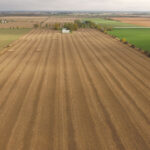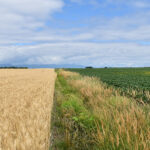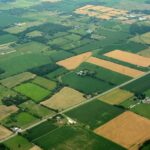An update from the field: May 2021 edition

Find out what has been going on in the fields this spring.
Interview conducted by Caitlin Kroetsch, Communication Coordinator Co-op with Grain Farmers of Ontario, who is in her 4th year of Food and Agriculture Business at the University of Guelph.
Over the past few weeks, farmers in southern Ontario have been hard at work planting their corn crop, checking in on their winter wheat and making their spring decisions (learn more about grain farmer’s spring decisions here). Farmers that work in the northern and eastern parts of Ontario are eagerly awaiting the right weather conditions, that have been happening in southern Ontario before they can get into their fields to begin their planting season.
I once again had a change to virtually sit down with the chair of Grain Farmers of Ontario, Brendan Byrne, to learn more about what has been going on in the fields lately and to ask him about his prediction for the upcoming months.
“May tends to be the busiest month on grain farms. It is known that April showers bring May flowers, however sometimes we get those [heavy rains] in May and they have delayed our plantings quite a bit the last number of years,” says Byrne. “In general, the bulk of the corn and bean crops in this region [Essex county] is planted in May. So, if it rains in April and not so much in May, it’ll be a busy month for planting or just everyday maintenance on machinery to keep things moving. We also have to keep an eye on the winter wheat crop so May is generally a pretty busy time on grain farms,” says Byrne.
Some farmers across Ontario have planted their corn in the last weeks in April however, many farmers have held off and are anticipating the arrival of some warmer weather in combination with some drier conditions. Byrne states, “there’s been some wet weather coming through this week [week of April 25th, 2021] and it’s been very cold.”
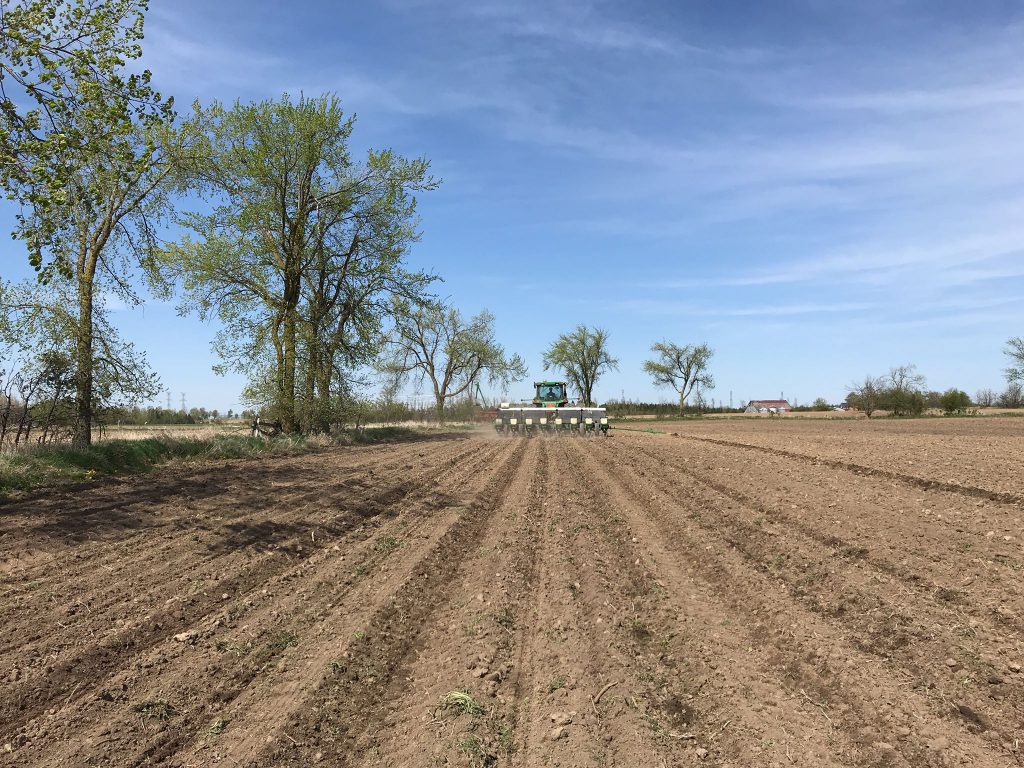
Weather conditions have an extremely large impact on many things that grain farmers do, including planting. Grain farmers want to “get the seed in the ground to get the crop growing as fast as possible. But when the ground is cold and wet the seed can rot in the ground and will not grow at all,” Byrne says.
If the seed cannot grow, the farmer may have to re-plant the seeds that they have already planted. That is why good weather and good soil conditions play such an important role on how a farmer decides when to plant their seeds. Good planting conditions ensures the grain crop has the best chance to grow.
The winter wheat that was planted last fall and is now growing and “looks really good. Most [Ontario grain farmers] have the bulk of the nitrogen on their wheat fields now, so the wheat is really starting to green up and take off,” says Byrne. Nitrogen is an essential nutrient that is added to growing winter wheat to help the plants grow. It is generally put on wheat fields as a liquid fertilizer that is applied by a sprayer.
The last few years have not been ideal growing conditions for winter wheat due to extremely wet springs and cooler temperatures. However, due to the warmer and drier conditions this spring, the wheat began to pop out of the ground earlier than in the past. The winter wheat crop has really begun to grow and has taken on a luscious green colour- a perfect start for growing quality wheat seeds before harvest in the summer.
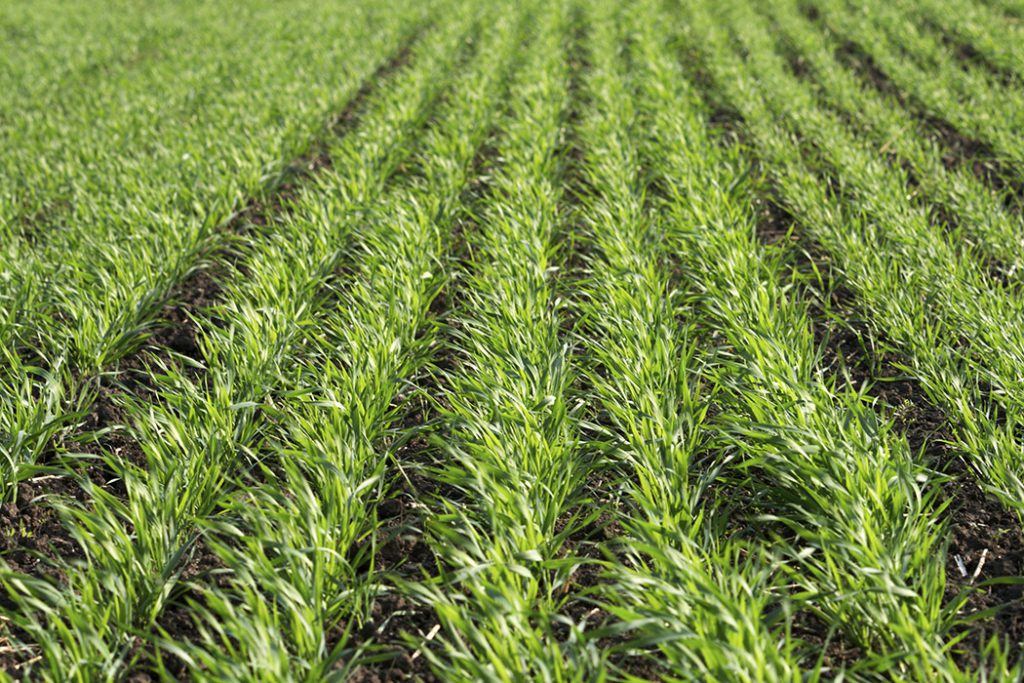
Byrne expects winter wheat harvest to begin in late June to early July but, this will be highly dependent on the weather in May and June.
There have also been a few farmers that have been adventurous enough to begin to plant some soybeans in the ground however, most farmers will be waiting a few more weeks before they begin to plant the majority of their soybeans.
Additionally, throughout the month of May, depending on how planting went, there will be many people such as agronomists and crop scouts, out walking the fields. They will be looking to see how many of the seeds planted grew into plants and how healthy those growing plants are. They will also start looking if any pests, insects or diseases need some attention, so they don’t threaten the health of the growing grain crop.
Byrne would also like to remind everyone that:
“With May coming up and it being busy you may be behind the tractor or slow-moving machinery, and that you might be late getting home for supper but we’re [the farmers] trying to ensure that people have supper. We are doing our best to move safely between fields and not hold everybody up, but if it does happen just wait until it’s safe try to move around us. Sometimes hard to see everybody at the same time we’re trying to avoid mailboxes and garbage cans; a little patience can go a long way.”

